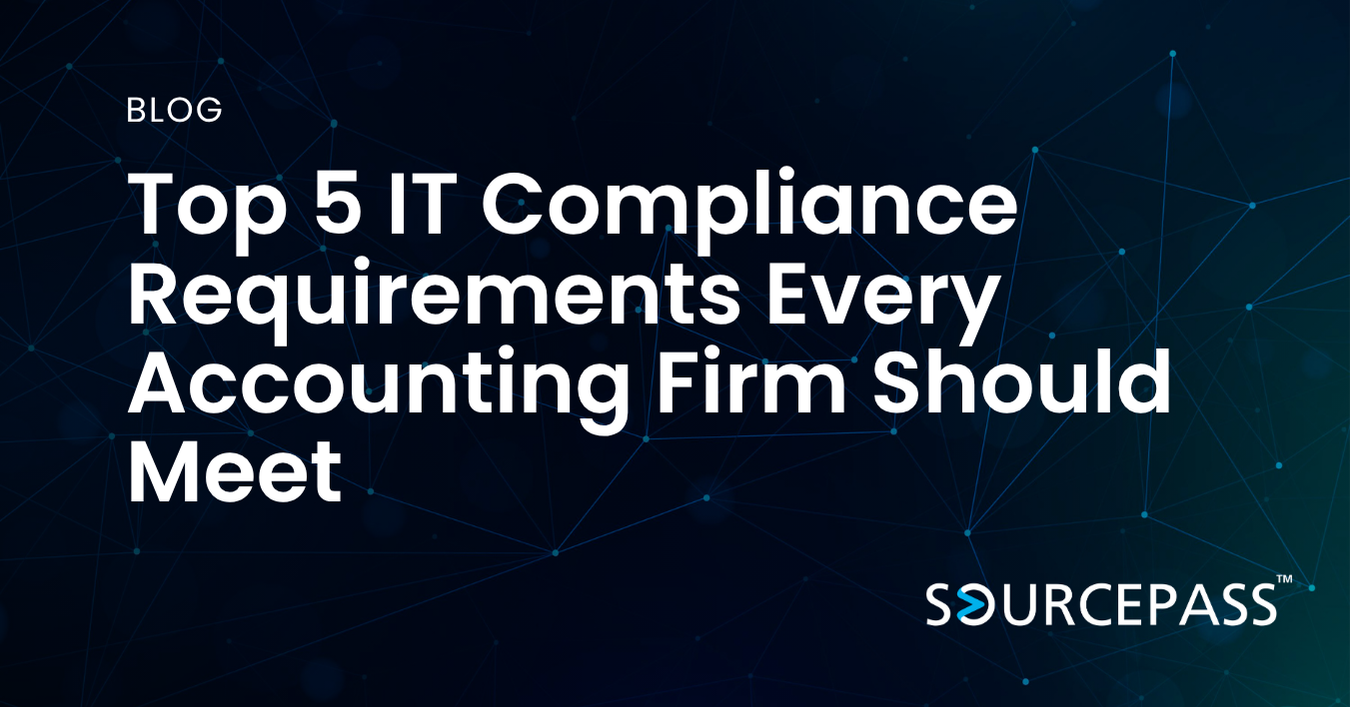Digital Transformation in Investment Banking: What IT Leaders Should Know
Jun 19, 2025 Alex Davis Cloud & Infrastructure | Industry - Financial Services | Security & Compliance 2 min read



Investment banking is undergoing significant changes, driven by rapid advances in technology, shifting client expectations, and increasing pressure from fintech challengers. For IT leaders, navigating this transformation is both a strategic goal and a technical challenge.
This blog explores how digital transformation is reshaping investment banking, the role of modern fintech infrastructure, and what IT decision-makers must prioritize to build resilient, competitive, and future-ready organizations.
The Drivers Behind Digital Banking IT Transformation
Investment banks are turning to digital solutions to stay competitive, reduce operational costs, and meet the growing demand for real-time data and streamlined client experiences. The major factors accelerating IT modernization in finance include:
- Client demand for digital-first services and real-time reporting
- Regulatory pressure for transparency and data governance
- Operational inefficiencies caused by legacy systems
- Security risks and compliance obligations
- The emergence of cloud-native fintech competitors
To address these challenges, IT leaders must take a proactive approach to digital transformation—starting with infrastructure.
Core Components of Digital Banking
1. Cloud-Enabled Infrastructure
Modern investment banks are moving away from legacy on-premise systems in favor of hybrid and multi-cloud environments. Cloud platforms offer scalability, high availability, and faster deployment of new services—making them a cornerstone of digital transformation in investment banking.
2. API-Driven Integration
Interoperability is key in a fast-paced trading and deal-making environment. APIs allow firms to connect disparate systems—such as CRM platforms, data analytics engines, and trading applications—into a unified fintech infrastructure that supports real-time decision-making.
3. Data Management and Analytics
Banks generate massive volumes of structured and unstructured data. Implementing centralized data lakes and using AI/ML analytics allows investment banks to uncover insights, improve risk modeling, and personalize client service.
4. Cybersecurity and Compliance
As digital footprints expand, so do cybersecurity threats. IT leaders must integrate advanced threat detection, Identity Access Management (IAM), and regulatory compliance tools to ensure both data security and adherence to evolving standards such as SEC, FINRA, and GDPR.
IT Modernization for Finance: Challenges to Address
While the rewards of digital transformation are compelling, investment banks face significant challenges:
- Legacy Systems: Outdated core banking platforms are often deeply embedded in operations, making upgrades costly and risky without a phased approach.
- Talent Shortages: There's a growing need for tech-savvy finance professionals who understand both IT and investment banking.
- Regulatory Complexity: Compliance requirements often vary across jurisdictions, adding complexity to IT modernization efforts.
- Cultural Resistance: Change management is critical. Digital transformation often requires shifts in organizational mindset and work processes.
What IT Leaders Should Prioritize
1. Build a Future-Proof Architecture
Choose flexible, scalable systems that can adapt to future needs. Modular and cloud-native architectures enable faster innovation cycles.
2. Adopt Agile and DevOps Methodologies
Speed matters in capital markets. Agile teams and DevOps practices help shorten development cycles, increase collaboration, and accelerate time-to-value for new digital initiatives.
3. Focus on Automation and AI
Leverage AI and robotic process automation (RPA) for tasks such as fraud detection, regulatory reporting, client onboarding, and investment analysis to reduce manual work and increase accuracy.
4. Invest in Cybersecurity from Day One
Digital transformation cannot come at the cost of data security. Implement zero-trust models, endpoint protection, and employee training to protect critical assets.
5. Create a Unified Data Strategy
Break down data silos and ensure clean, accessible, and secure data across departments. A strong data foundation supports everything from compliance to client experience.
Need help modernizing your banking IT infrastructure? Sourcepass can help!
Our financial services IT specialists can guide your digital transformation from roadmap to execution. Contact us today to learn more.
Subscribe To
Sourcepass Insights
Sourcepass Insights
Stay in the loop and never miss out on the latest updates by subscribing to our newsletter today!
.png?width=500&height=100&name=White%20Logo%20-%20Transparent%20Tag%20(3).png)




